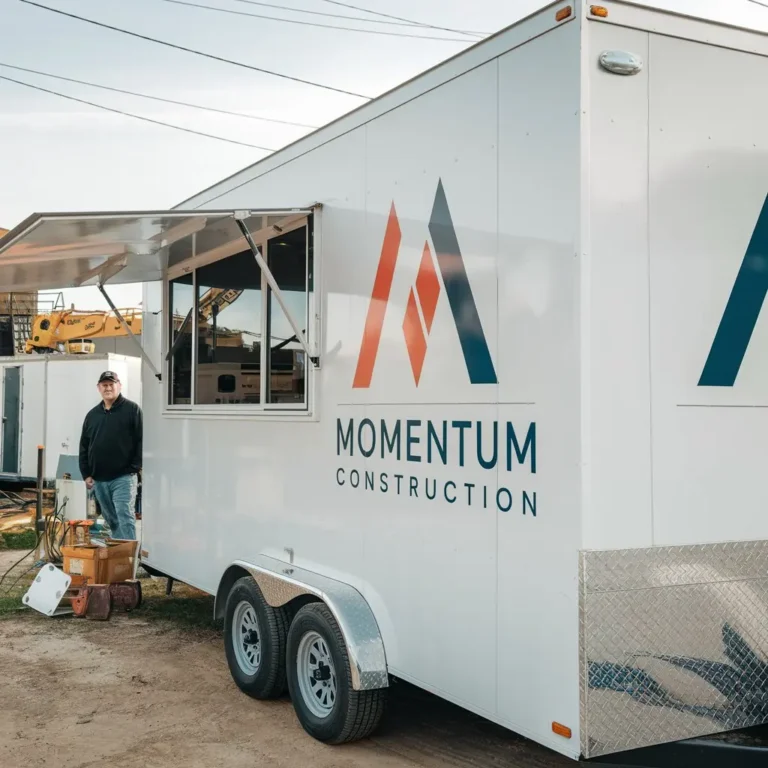What is the science of skeletal muscle hypertrophy after aerobic exercise training konopka adam
Skeletal muscle hypertrophy, the increase in muscle size, is commonly associated with strength or resistance training. However, aerobic exercise, typically known for improving cardiovascular health, can also influence muscle growth. In his research, Konopka Adam explores how skeletal muscle hypertrophy occurs after aerobic exercise training. His work provides valuable insights into the physiological changes that take place within the muscles after endurance exercises such as running, cycling, or swimming.
Understanding Skeletal Muscle Hypertrophy
Skeletal muscle hypertrophy involves the enlargement of muscle fibers. It happens when the body repairs and adapts to the stress placed on muscles during exercise. Hypertrophy results in a noticeable increase in muscle size, which is largely due to the accumulation of proteins and other cellular components. Traditionally, hypertrophy is linked to resistance training. However, Konopka Adam reveals that aerobic training can also trigger hypertrophy, though through different mechanisms than strength training.
How Aerobic Exercise Affects Muscle Growth
Aerobic exercise stimulates muscle growth in unique ways. During aerobic exercise, the body uses oxygen to break down glucose and fat for energy. This process requires a lot of stamina and endurance. As a result, muscle fibers, particularly type I (slow-twitch) fibers, undergo adaptations to sustain prolonged activities. These adaptations include increased mitochondrial density, improved capillary networks, and even slight muscle fiber enlargement.
Differences Between Aerobic and Resistance Training Hypertrophy
Although both aerobic and resistance training promote hypertrophy, the processes differ. Resistance training causes muscle damage that triggers muscle protein synthesis. This results in a significant increase in muscle fiber size. Aerobic exercise, on the other hand, primarily leads to metabolic adaptations. However, Konopka Adam points out that sustained aerobic exercise can lead to hypertrophy, particularly when combined with other forms of exercise. While the muscle size gains from aerobic training are less dramatic, they are still present.
Mechanisms Behind Aerobic-Induced Hypertrophy
Several mechanisms contribute to skeletal muscle hypertrophy after aerobic exercise. Konopka Adam identifies several pathways that explain how muscles adapt and grow after endurance training. One such mechanism involves the activation of AMPK (adenosine monophosphate-activated protein kinase). AMPK senses energy depletion in the muscles and promotes mitochondrial biogenesis. Additionally, aerobic exercise increases capillary formation, which improves oxygen delivery to muscles. This improved oxygenation enhances the muscles’ ability to perform and recover, indirectly supporting hypertrophy.
Role of Satellite Cells in Muscle Growth
Satellite cells, the precursor cells involved in muscle repair and growth, play a significant role in skeletal muscle hypertrophy. During exercise, these cells are activated to repair damaged muscle fibers. While resistance training heavily stimulates satellite cell activity, aerobic exercise can also lead to their activation. Konopka Adam notes that satellite cells contribute to muscle hypertrophy by fusing with existing muscle fibers, helping them grow larger and stronger over time.
The Influence of Protein Synthesis on Muscle Adaptation
Protein synthesis is critical for muscle hypertrophy, and aerobic exercise can influence this process. Although aerobic training typically promotes endurance rather than mass, it still increases protein turnover within muscles. This constant breakdown and rebuilding of proteins can lead to hypertrophy. Konopka Adam emphasizes the role of muscle protein synthesis in maintaining and enhancing muscle mass, even in endurance athletes.
Impact of Nutrition on Hypertrophy After Aerobic Exercise
Nutrition is another crucial factor influencing skeletal muscle hypertrophy, especially after aerobic exercise. Consuming adequate protein ensures that the body has the necessary building blocks for muscle repair and growth. After aerobic exercise, replenishing glycogen stores through carbohydrates also aids in recovery. Konopka Adam suggests that combining proper nutrition with aerobic training can enhance muscle growth outcomes. Sufficient calorie intake, particularly from protein-rich sources, is key to maximizing the hypertrophic effects of aerobic exercise.
Training Variables That Affect Muscle Hypertrophy
Several factors influence how much skeletal muscle hypertrophy occurs after aerobic exercise training. Konopka Adam discusses the importance of exercise intensity, duration, and frequency. For example, higher-intensity aerobic exercise, such as sprint intervals, can increase the likelihood of hypertrophy. The duration and consistency of training sessions also play a role in muscle growth. While low-intensity aerobic training may not cause significant hypertrophy on its own, consistent, moderate to high-intensity exercise can lead to measurable muscle adaptations over time.
Benefits of Aerobic Exercise on Muscle Health
Aerobic exercise offers several health benefits beyond hypertrophy. It improves cardiovascular health, increases lung capacity, and enhances overall metabolic function. Konopka Adam highlights that these improvements can support muscle health by enhancing oxygen delivery and nutrient absorption. Regular aerobic training also reduces inflammation, which can aid muscle recovery and growth. Furthermore, aerobic exercise helps improve muscle endurance, which is essential for maintaining strength and performance during prolonged activities.
Combining Aerobic and Resistance Training for Optimal Hypertrophy
To achieve optimal skeletal muscle hypertrophy, many athletes combine aerobic and resistance training. Konopka Adam suggests that this combination can maximize muscle growth. Resistance training provides the mechanical overload needed for muscle damage and repair, while aerobic exercise improves endurance and metabolic efficiency. Together, these two forms of exercise create a balanced approach to hypertrophy. Athletes looking to increase muscle size without sacrificing cardiovascular health often adopt this hybrid training model.
Practical Applications for Athletes and Trainers
Understanding the science behind skeletal muscle hypertrophy after aerobic exercise has practical applications for both athletes and trainers. By incorporating aerobic exercises into their routine, athletes can enhance their endurance and muscle size simultaneously. Trainers can design programs that combine both aerobic and resistance training to target multiple aspects of muscle growth. Konopka Adam emphasizes the importance of tailoring exercise programs based on individual goals, fitness levels, and preferences.
The Role of Genetics in Muscle Hypertrophy
Genetics plays a significant role in how individuals respond to aerobic exercise in terms of muscle growth. Some people naturally experience more pronounced hypertrophy due to their genetic makeup. Konopka Adam acknowledges that while aerobic exercise can stimulate muscle hypertrophy, genetic factors influence the extent of growth. Individuals with a higher proportion of type I muscle fibers may experience different hypertrophic responses compared to those with more type II (fast-twitch) fibers.
Recovery and Rest in Promoting Hypertrophy
Recovery is a vital aspect of muscle growth. After aerobic exercise, muscles need time to repair and adapt. Konopka Adam stresses the importance of proper rest to allow for optimal muscle hypertrophy. Overtraining can inhibit growth and lead to injury. Incorporating rest days and ensuring adequate sleep supports the recovery process. In combination with a balanced diet, recovery allows muscles to grow and become stronger after aerobic training sessions.
Conclusion
Skeletal muscle hypertrophy is not limited to resistance training. Konopka Adam’s research reveals that aerobic exercise, particularly when performed at higher intensities, can stimulate muscle growth. Through various mechanisms like satellite cell activation, protein synthesis, and metabolic adaptations, aerobic training supports muscle hypertrophy. While the hypertrophic effects of aerobic exercise may not be as pronounced as resistance training, they still offer valuable benefits for athletes looking to enhance their muscle size and endurance.
Combining aerobic exercise with proper nutrition, recovery, and resistance training can maximize hypertrophy outcomes. By understanding the science behind muscle growth after aerobic exercise, individuals can design effective fitness programs to meet their goals.







